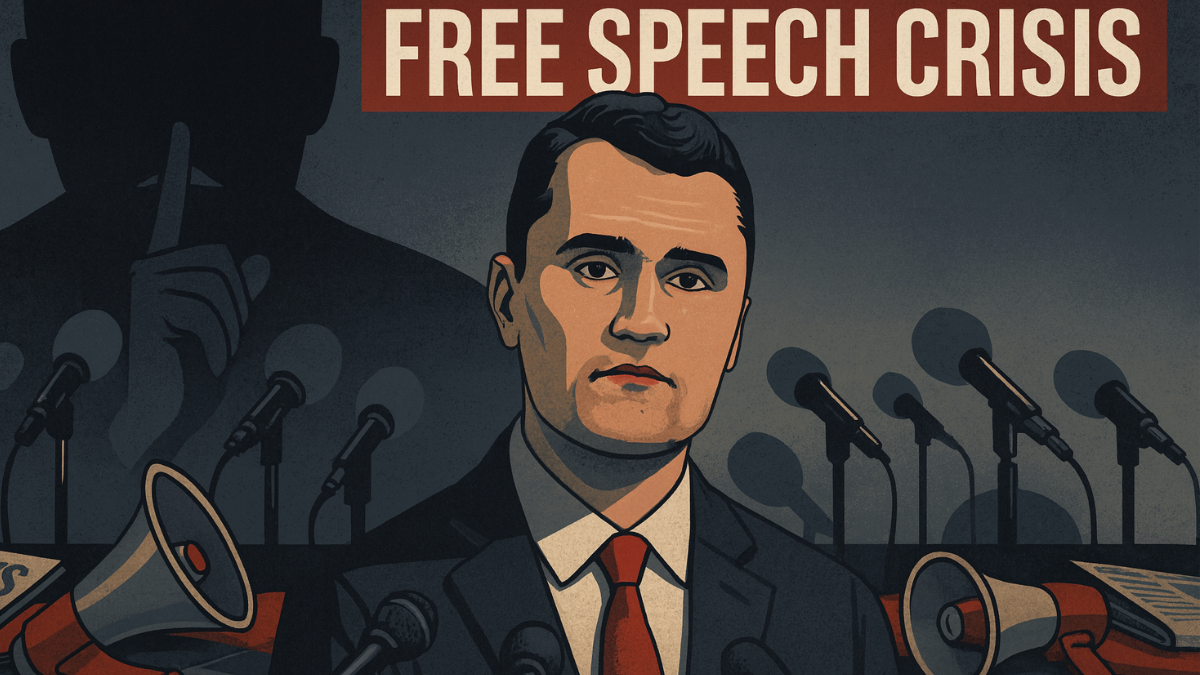The assassination of conservative activist Charlie Kirk has triggered a nationwide free speech crisis, forcing universities, media outlets, and government agencies into a contentious debate over the limits of expression. While initial responses emphasized constitutional protections, rapid political pressure has led to firings, suspensions, and investigations of public employees and private figures for social media comments deemed inflammatory .
Common Points in Coverage
Most reports highlight the swift termination of educators and staff at institutions like Clemson University, UCLA, and Auburn over posts mocking Kirk’s death. Government officials, including Attorney General Pam Bondi and FCC Chair Brendan Carr, have advocated for punitive measures against “hate speech,” though legal experts stress such speech remains protected unless it incites imminent violence .
Unique Angles Emerge
- Polling Shift: Republican optimism about the country’s direction plummeted from 71% to 49% after Kirk’s death, reflecting heightened societal tensions .
- Media Capitulation: ABC’s suspension of Jimmy Kimmel following government pressure exemplifies declining editorial independence .
- False Accusations: Educators like Wisconsin’s Cynthia Rehberg faced harassment due to misattributed posts, revealing the risks of online vigilantism .
Missed Angle: Public vs. Private Speech Rights
Many discussions overlook the critical distinction between public and private employees. While government workers retain First Amendment protections for speech on matters of public concern, private employers have broader leeway to fire staff over controversial expression . Legal scholar Nadine Strossen warns that conflating these standards risks normalizing “McCarthyism” .
Expert Insights
University of Chicago law professor Jonathon Masur clarifies, “Statements like ‘Charlie Kirk deserves to die’ are odious but constitutionally protected. The line is crossed only when speech directly incites violence” . The ACLU echoes this, noting that government retaliation for disfavored views violates core First Amendment principles .
Conclusion
The crisis reveals a stark reversal: former free speech advocates now champion censorship, while institutions grapple with ideological conformity. As lawsuits mount and polls signal deepening despair, the path forward hinges on reaffirming that free expression includes protecting speech we despise.
